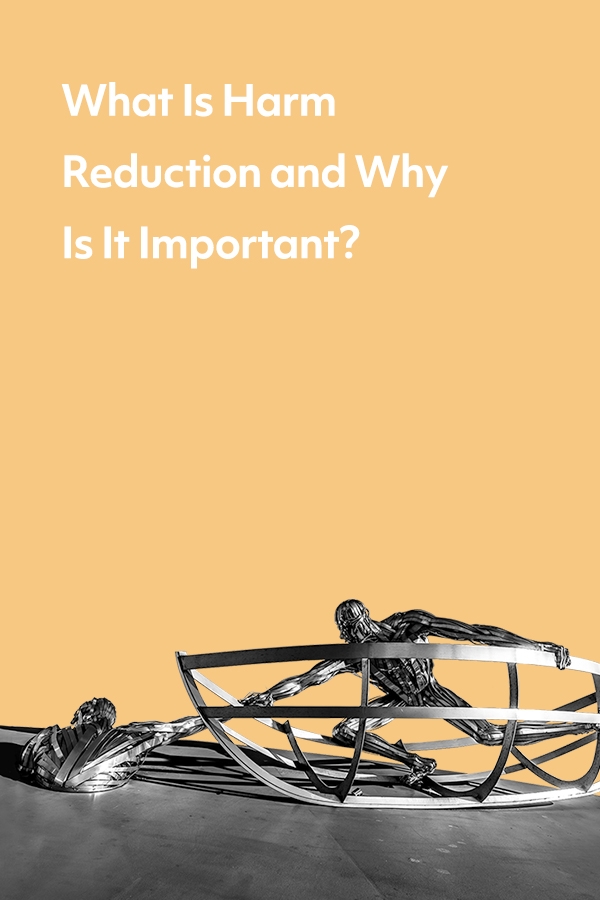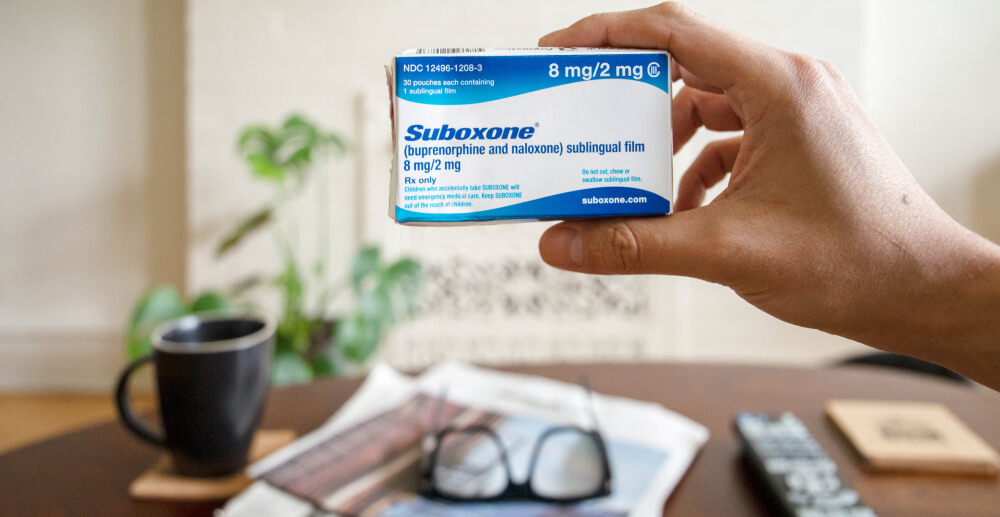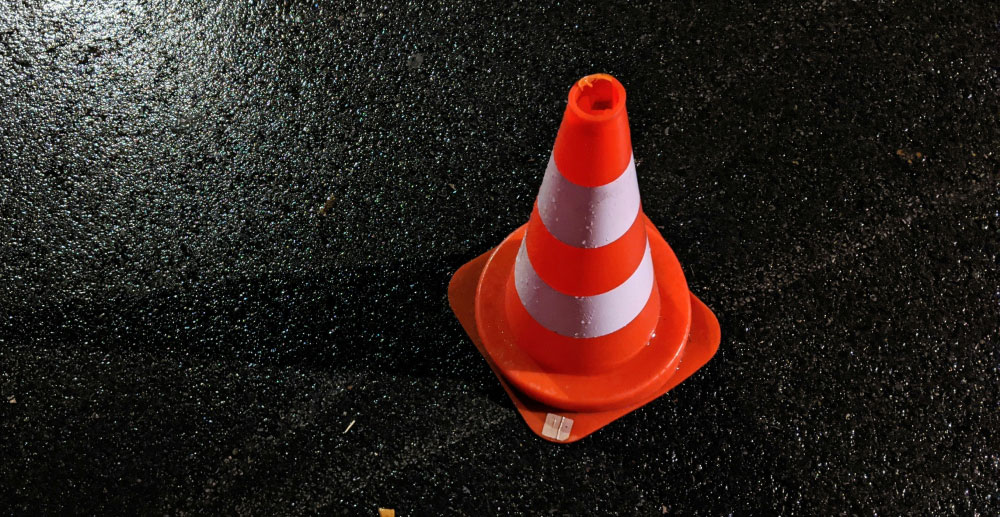The harm reduction movement goes beyond the small scope many of us associate with it.
Harm reduction is a phrase that has been gaining increasing popularity in the recovery field, but it is often misunderstood. We may think of harm reduction pretty narrowly, as the use of medication-assisted treatment or moderation management. However, it is a much broader movement that has been around for decades. Its scope extends far beyond addiction treatment.
This post explores the origins of harm reduction, how the movement came about, what the key principles of harm reduction are, and how to learn more about the importance of the movement.
The origins of harm reduction
Harm reduction arose from multiple movements in the United States in the 1960s, 1970s, and 1980s, including the Black Panther Party survival programs, the Women’s Health Movement that emerged from feminist activism around reproductive health, and the grassroots activism during the AIDS crisis. From these movements, advocates and activists created a vision and practice of harm reduction that continues to challenge our perspectives about people who use drugs and their rights.
The National Harm Reduction Coalition says the origins of harm reduction work and the movement are the experience of drug use, the loss of loved ones, professional experience, and exposure to injustice.
Whatever the pathway, the Harm Reduction Coalition encourages us to move beyond the stigma and criminalization of drug use to see the full humanity and potential of people that society has deemed deviant, dangerous, and disposable.
What does harm reduction look like in practice?
Harm reduction is a public health approach to reduce the harms related to substance use. It includes a set of practical strategies and foundational principles. While harm reduction is grounded in a social justice movement, its purpose is to protect the rights of people who use substances and to minimize the social, legal, and medical impacts of drug use.
Harm reduction intentionally avoids assuming that people who use substances must want to achieve abstinence or even recovery. Harm reduction simply means reducing harm. Lessening hazards and dangers. It means meeting people where they are. That could include providing information, services, and facilities that make drug use safer. That could include providing safe syringe exchange and access to medical and social services. It could also mean referring someone to addiction treatment if that is what they ask for.
According to Harm Reduction International, “Harm reduction is grounded in justice and human rights. It focuses on positive change and on working with people without judgment, coercion, discrimination, or requiring that they stop using drugs as a precondition of support.”
What are the principles of harm reduction?
The Harm Reduction Coalition considers the following principles central to the understanding of harm reduction:
- Accepting, for better or worse, that licit and illicit drug use is part of our world and choosing to work to minimize its harmful effects rather than simply ignoring or condemning them.
- Understanding drug use as a complex, multi-faceted phenomenon that encompasses a continuum of behaviors from severe use to total abstinence, and acknowledging that some ways of using drugs are clearly safer than others.
- Establishing quality of individual and community life and well-being—not necessarily cessation of all drug use—as the criteria for successful interventions and policies.
- Calling for the non-judgmental, non-coercive provision of services and resources to people who use drugs and the communities in which they live in, order to assist them in reducing attendant harm
- Ensuring that people who use drugs and those with a history of drug use routinely have a real voice in the creation of programs and policies designed to serve them.
- Affirming people who use drugs (PWUD) themselves as the primary agents of reducing the harms of their drug use and seeking to empower PWUD to share information and support each other in strategies which meet their actual conditions of use.
- Recognizing that the realities of poverty, class, racism, social isolation, past trauma, sex-based discrimination, and other social inequalities affect both people’s vulnerability to and capacity for effectively dealing with drug-related harm.
- Not attempting to minimize or ignore the real and tragic harm and danger that can be associated with illicit drug use.
You can download these principles directly from the Harm Reduction Coalition.
How is harm reduction implemented?
Harm reduction encompasses a range of practices and support strategies, including:
- Managed use:
-
- Providing safe and clean syringes
- Reducing the transmission of HIV and Hepatitis
- Providing overdose rescue kits that include naloxone
- Provide sharps containers for safer disposal of used needles
- Risk-reduction counseling
- Wound and abscess care
- Safer sex supplies
- Referrals to medical, social, and mental health and addiction treatment service providers.
- Medication-assisted treatment: This can help people with substance use disorder to manage opioid addiction and withdrawal, as well as providing a pathway of recovery.
- Safe injection and supervised consumption sites: These provide a safe space to use, reduce crime in the local community, lower overdose deaths, decrease the burden on emergency services.
- Treatment: Treatment instead of jail through the use of drug court programs.
Why is harm reduction important?
The rhetoric around “fighting the war on drugs” can demonize people who use drugs. The practice of harm reduction protects, supports, and promotes the humanity of people who use drugs. It helps provide support services to those who need them. There is a positive impact on the lives of those who use drugs and their communities.
Learn more about harm reduction
Workit Health is a harm reduction-based program, and recently held a panel discussion about broadening perspectives on harm reduction. Host Olivia Pennelle, Tracey Helton, MPA, Haven Wheelock, MPH, and Elizabeth Brico, MFA come together to discuss harm reduction, how it has been framed by the recovery movement, and the broad spectrum of services that facilitate harm reduction. Watch the video here.









